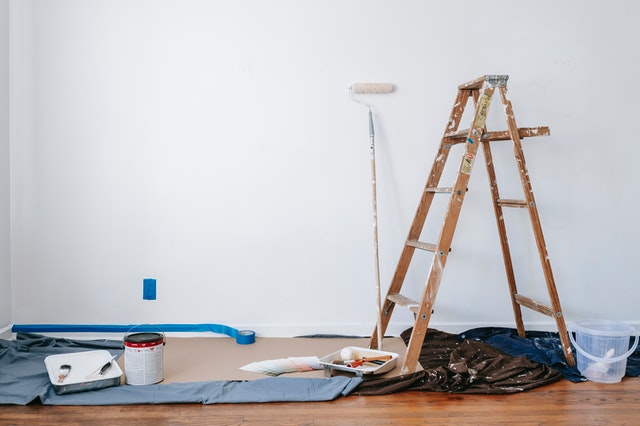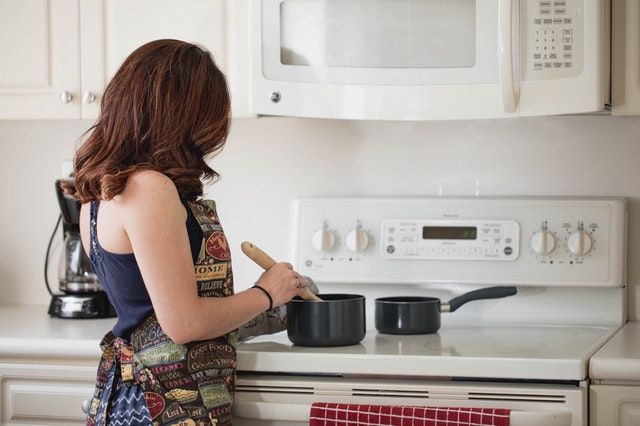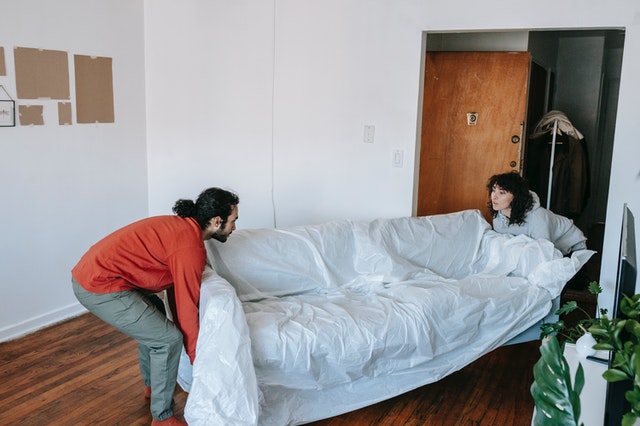
Property owners who want to start renting out their homes often underestimate how costly it is to maintain them. Although a rental home can be an excellent investment, there are many expenses you need to factor in. Here’s how to create your rental property maintenance budget and accurately determine how much money you need to put aside.
How to manage your property
Before you start panicking because you know nothing about home improvements, renovation, and repair, you need to realize that you don’t have to do everything. It’s fairly easy to hire a property maintenance company to take care of most of the tenant-related issues and help organize repairs. However, it would still be good to know what kind of maintenance costs to expect before you get handed the bill.

Factors that determine the property maintenance budget
Before you sit down to create your rental property maintenance budget, you first need to consider a few factors that can influence the overall cost:
- Age of the property. Older properties usually come with higher maintenance costs. The longer you wait before investing in renovations and maintenance, the more damage your property can sustain. Newly built homes are naturally less expensive to maintain, but that can also depend on other features.
- Condition of the property. Although most property owners realize that they should occasionally renovate and replace things in their rental, a common scenario is putting that off for longer than you should. Unfortunately, that will probably come back to bite you. Properties that haven’t been maintained usually cost significantly more to bring back to a respectable condition.
- Size and type of property. Small apartment units are much cheaper to maintain and repair than houses. If your property is part of a Homeowners Association (HOA), you won’t need to worry about exterior maintenance. However, that comes at the expense of HOA fees which you’ll need to cover.
- Do you plan to add new features or improve the property? In order to make your home stand out, you may want to keep it in good condition and occasionally add new features tenants are looking for in a rental.

Calculating your rental property maintenance budget
Although you can just wait for an expense to pop up and then pay for it, it’s usually much better to have a plan and know what to expect. Your best course of action is to set aside a small fund that you will use just for the maintenance of your rental property. However, when it comes to calculating the actual budget, there are a few different schools of thought.
- The one percent rule. Firstly, you need to know the value of your property. Then divide that by one hundred, and set that much aside for annual maintenance. For example, if your property is worth $500,000, you should set aside $5,000 each year for essential maintenance costs. Although not always accurate, this formula is quick and easy to use and will give you a reasonable estimate of what to expect.
- The square foot approach. Look up the size of your property and add up the square feet. Factor in $1 per square foot as maintenance costs. Unfortunately, this type of calculation may become outdated over time if maintenance costs increase. Thankfully, you can easily adjust the formula. The one percent rule is a bit more resilient to market price fluctuations, since if maintenance costs have increased, it will likely be reflected in the value of the property as well. We need to mention that you should try to be realistic when valuing your rental property.
- Contingency budget. Whichever method of calculation you end up going with, add another 10% to that sum to be extra safe. This will give you a bit of wiggle room if anything unexpected happens.

Replacing things around the home
When it comes to replacing things in the household, you should be realistic about the expected lifespan of items. If you expect that something will last five years before succumbing to wear and tear, then divide its cost by five and add it to your yearly maintenance budget.
Appliances and other small items
Things will break down over time, and although you can repair some items, realistically, you’ll have to buy new ones just as often. Over time, that can lead to a mismatched set with appliances in various states. Honestly, that’s not going to appeal to new renters. We recommend that you occasionally organize a garage sale, get rid of everything, and then buy a matching set of appliances top to bottom. This way, your home will look like it popped out of a home décor catalog.
Replacing the furniture
Offering a fully furnished apartment or house for rent will appeal to tenants who don’t have their own furniture. Of course, the alternative is renting an empty unit and expecting tenants to bring their own furniture when they move in and then take it with them when they leave. Both approaches have their merits and will appeal to a different crowd. If you are renting an empty home, then you don’t need to worry about replacing the furniture.
However, let’s take a moment and discuss the scenario where you are renting a furnished property. Besides the costs of maintaining and replacing the furniture, you also need to factor in the expenses of transferring the household items. Furniture is bulky, and you might not want to lug it around yourself. The best solution would be to hire movers to help you, but just remember to add that to your budget.
To summarize
The main takeaway you should have when trying to create your rental property maintenance budget is that you need to set aside an annual amount. You can determine precisely how much that is by the methods we outlined in this article. Once you have your budget plan in place, all you need to do is stick to it, and you’ll be able to cover the maintenance costs with no issues.
Meta description: Do you own a rental but need help to determine how much to set aside for maintenance? Here’s how to create your rental property maintenance budget.
Images used:
https://www.pexels.com/photo/brown-wooden-ladder-beside-painting-materials-7218525/
https://www.pexels.com/photo/woman-in-the-kitchen-cooking-2890387/
https://www.pexels.com/photo/a-couple-lifting-a-couch-7218600/

